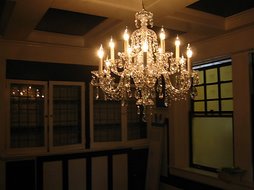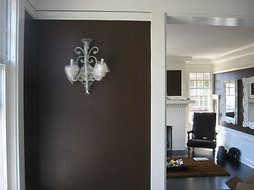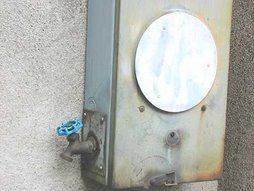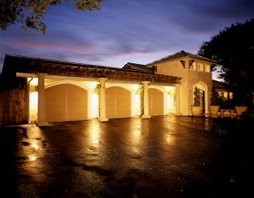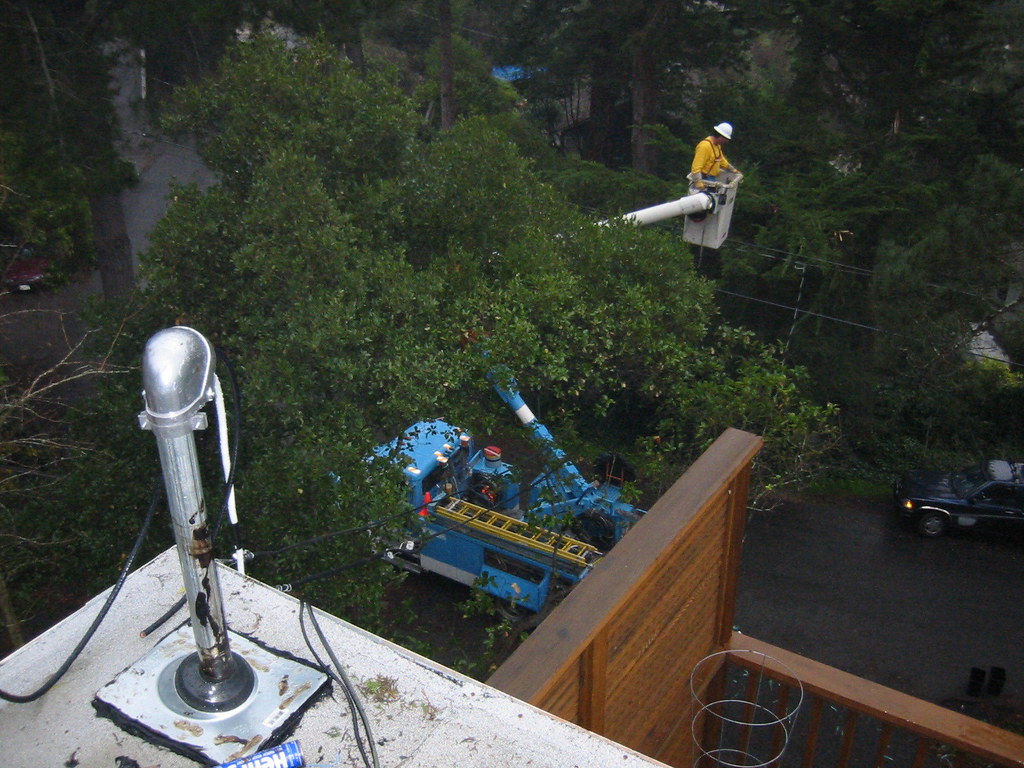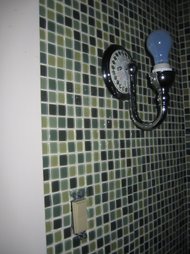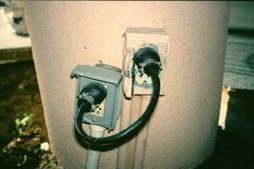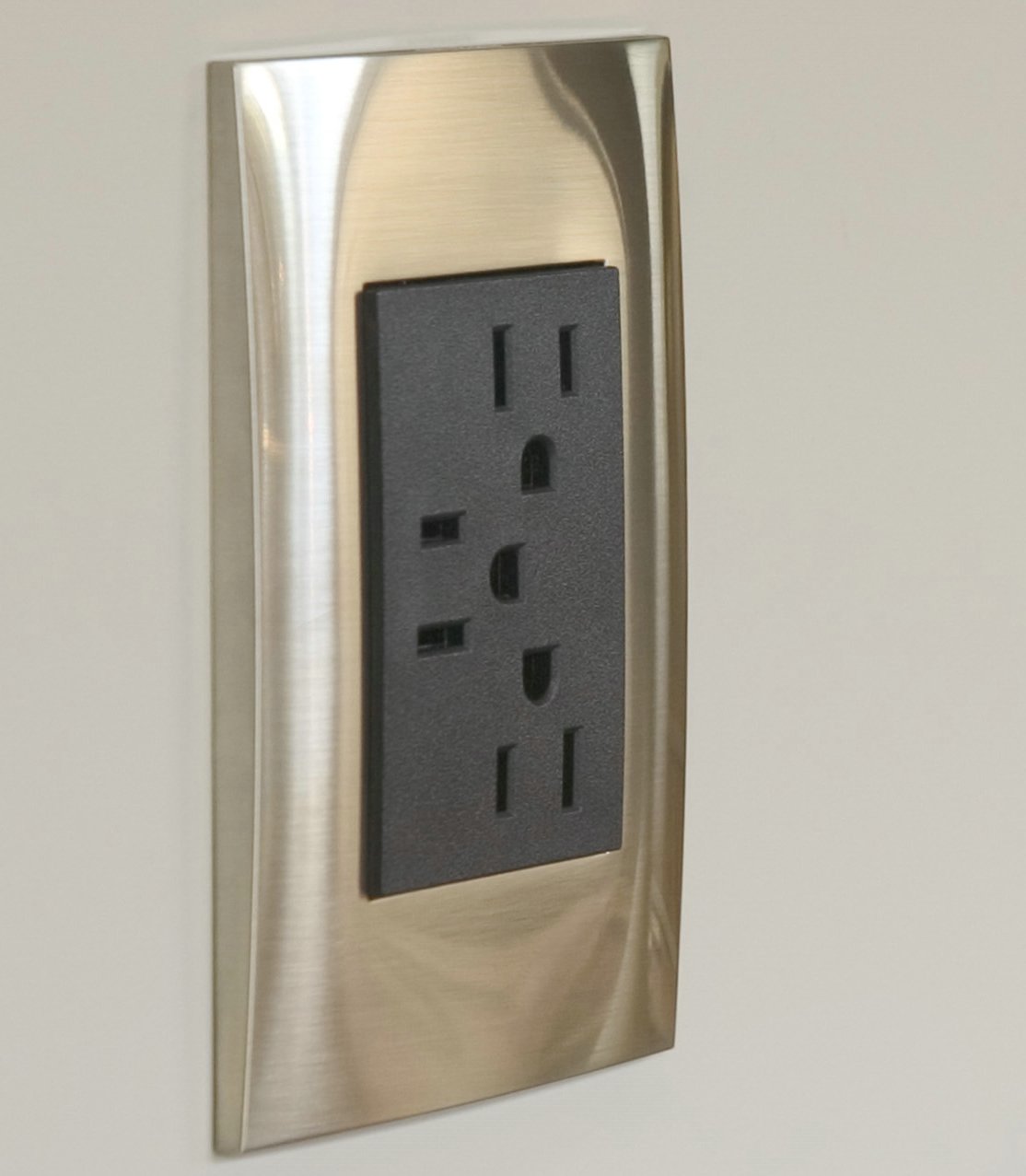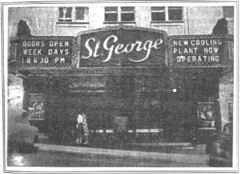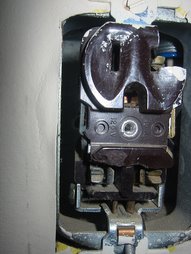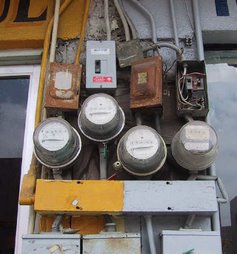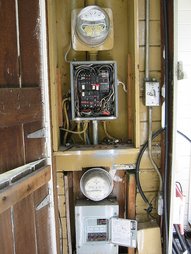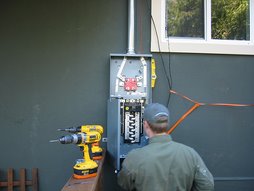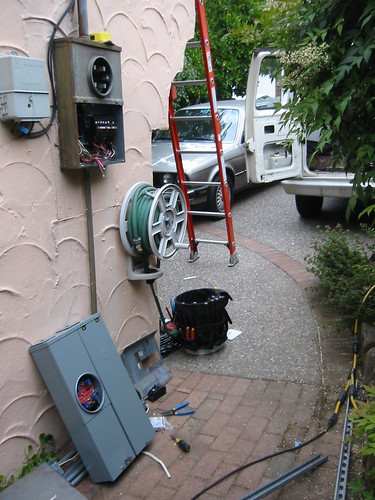Troubleshooting Gas Stove Burner Ignition Problems
Did you know that 90% of the spark modules in gas ranges and cooktops that are replaced are perfectly good? A statistic like that tells me that this topic is screaming for a revelation from the master. come with me now on a journey through gas stove spark ignition systems and how to fix ’em.
Here’s a typical spark module. The N terminal on the input side must be wired directly to line neutral. The L terminal is the 120v supply which is supplied to the module through any one of surface switches. The output terminals each connect to two burner ignitors; so the module shown here is designed to handle four surface burners–the most common configuration. Modules came in all different sizes and configurations, depending on the range.
When you’re having trouble getting your stove burners to ignite, usually it takes the form of one of the three types of problems:
- You hear clicking but there’s no ignition.
- You hear clicking but it’s erratic.
- You don’t have ignition and you don’t even hear clicking
Let’s take ’em one at a time and list the things you need to look at.
You hear clicking but there’s no ignition.
First thing to do in this case are the following observation checks which do not require any tools, instruments, or taking anything apart.Check the spark color. A healthy ignition system will produce crisp blue sparks. A weak ignition system, on the other hand, will produce light blue, almost white sparks. The following two checks can be made by switching the suspected burner with a known operating burner:Ignite the burner with a match to verify proper gas supply and air shutter adjustment. Make sure the flame is a clean blue flame, not yellow and sooty.
The gap between the ignitor and the burner base is too large. It should be about the thickness of two dimes.
Gookus is caked on the ignitor or burner base. Clean the burner caps, heads, flame spreaders, ignitors…that whole area. HINT: do not use stuff like Comet because you’ll gunk everything up big time. Warm water and Basic-H are a good choice.
These following two checks are done by physical inspection “under the hood”
Loose wiring connections at the ignitor, the grounding strap, or spark module.
Broken or pinched ignitor wire between the burner and module.
Check the spark frequency. Say what? A healthy spark system will crank out three to five sparks per second. If yours is a lot slower than this, then the prime suspect is reverse polarity at the 120vac outlet the range is plugged into. The picture below shows a 120vac outlet with the proper polarity.
You hear clicking but it’s erratic.
This is usually a bad spark module. But first, verify that the outlet polarity is correct before you change the module.
You don’t have ignition and you don’t even hear clicking.
First, verify that the spark module is getting the 120v on terminal L when you turn on any one of the surface switches. If it is, and still no spark, that module is DOA, replace itThe flow chart gives you further guidance on troubleshooting erratic spark problems.










